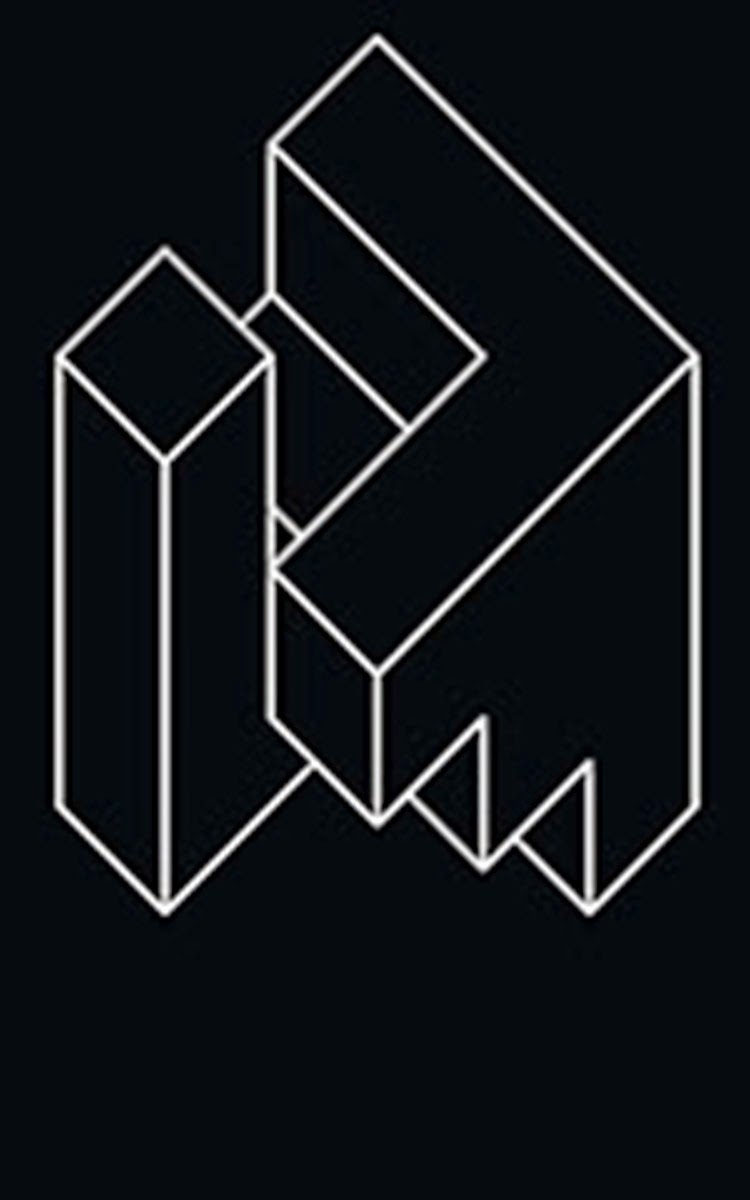Wayne Higby
at
The Memorial Art Gallery
A large scale exhibition is devoted to the work of one artist, the ceramics of Wayne Higby. Now, the Memorial Art Gallery is beginning to present more artists associated with American craft and giving them due credit. At the entrance to "Infinite Place" there are two or three ceramic plates and bowls with nearly monochromatic color and this sets the stage for the dramatic entrance of the landscape as the source of inspiration for the development of this artist's project. At first, Wayne Higby's approach might seem a bit cartoonish, but this gives way to a more Asian aesthetic, and the process forming the clay seems to correspond to the spaces in Japanese screen painting and the way screens are meant to fold.
The medium might be earthenware, but the colors employed as glazes create a structure that can be easily identified. It is not ironic that the materials for this artist's work are dug up from the ground, and the ground itself in the form of a larger landscape then becomes the subject of the work. A bowl made of raku fired clay portrays a landscape that inspired all this in the first place. What is highlighted, is the artist's ability to transform a common material ( clay ) into something unique.
White Terrace Gap ( 1984 ) by Wayne Higby
When the ceramic artist leaves the realm of utilitarian ware, and begins to devote his efforts to a more decorative function ( as in the giant red wall tiles towards the back of the show ) the effect becomes more cerebral, but also still very visual and tactile. These huge tiles remind me of microscopic photos of blood cells, or on the other extreme, photos of the cosmos and myriad stars out there in never-never land.
Lake Powell Recollection Falls, 1996, glazed porcelain
by
Wayne Higby
Wayne Higby has a long association with Alfred University, and many of the pieces in this show come from collections including the Smithsonian. Some of the mini-landscapes in this show stand out like the one pictured above in glazed porcelain. I am also taken with three small works on little angled shelves that engage the viewer by creating an interesting play on positive and negative space. The artwork is small, but "Eidolon Creek" calls attention to this play between actual emptiness ( or negative space ) and foreground rocks ( positive space ).
Down the hall from the art of Wayne Higby is the Lockhart Gallery and prints by Robert Kirschbaum.
These highly architectural prints form part of an alphabet and remind me of the art of Sol Lewitt.
The images are located in an isometric space and are essentially all linear, and very minimal. Each letter is presented as an isolated artifact, and the artist's touch is logical and reductive. The prints are small but striking in their black and white simplicity.
Rober Kirschbaum "The 42-Letter Name", 2009




